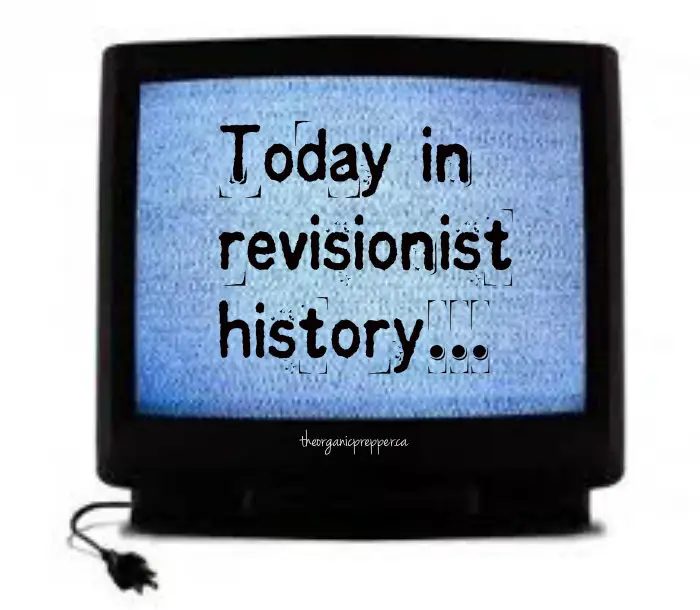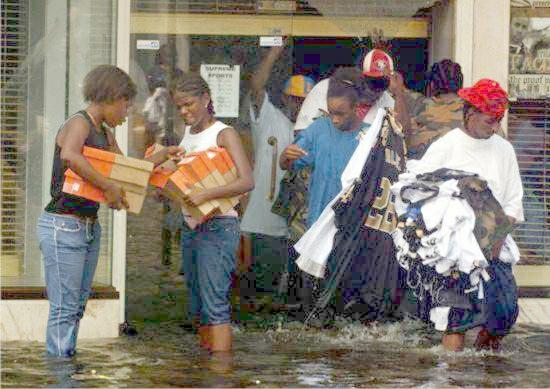The Disaster Myth Narrative: No One Panics, No One Loots, No One Goes Hungry
“The most effective way to destroy people is to deny and obliterate their own understanding of their history.” ~ George Orwell
A few years back, I was doing some research about the aftermath of some natural disasters that took place here in America. I was shocked to find that the articles I was looking for – ones that I had read in the past – were pretty hard to find, but articles refuting the sought-for pieces were rampant. Not just one event, but every single crisis aftermath that I looked up, had articles that were written after the fact stating in no uncertain terms that the hunger, chaos, and unrest never happened.
Apparently we, the preparedness community, are all wrong when it comes to the belief that after a disaster, chaos erupts and civic disorder is the rule of the day. That is only a disaster myth, and the public narrative belies it all.
Listen to the “experts” and they will confirm, it never happens.
Panic? What panic?
According to newspaper articles written after Superstorm Sandy devastated the East Coast and after Hurricane Katrina caused countless billions in damage in New Orleans, people were calm, benevolent and peaceful. Heck, they were all standing around singing Kumbayah around a campfire, sharing their canned goods, calming frightened puppies, and helping the elderly.
Apparently, studies prove that the fear of anarchy, lawlessness, and chaos is nothing but the “disaster myth”. Reams of examples exist of the goodness and warmth of society as a whole after disaster strikes. All the stories you read at the time were just that – stories, according to the mainstream media:
…click on the above link to read the rest of the article…

